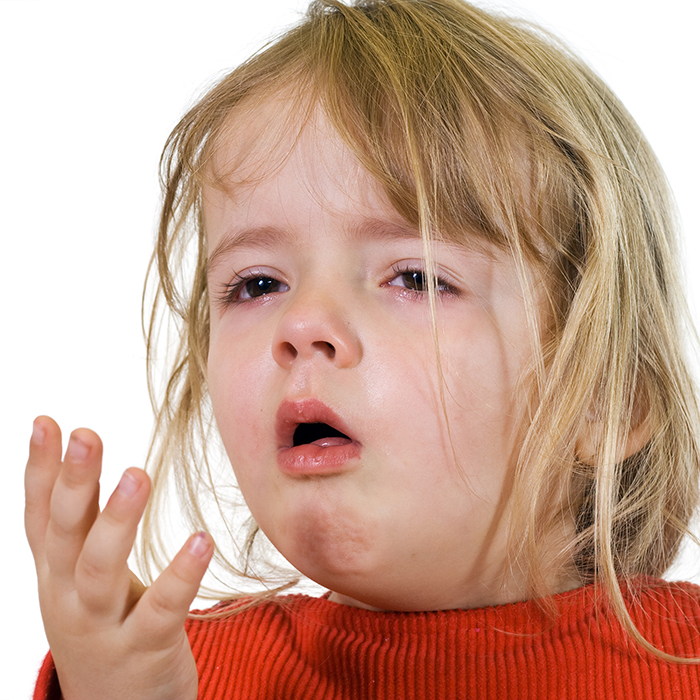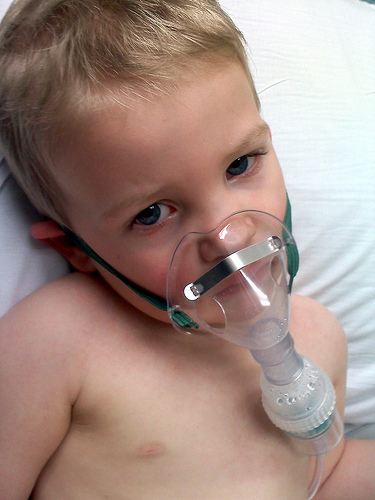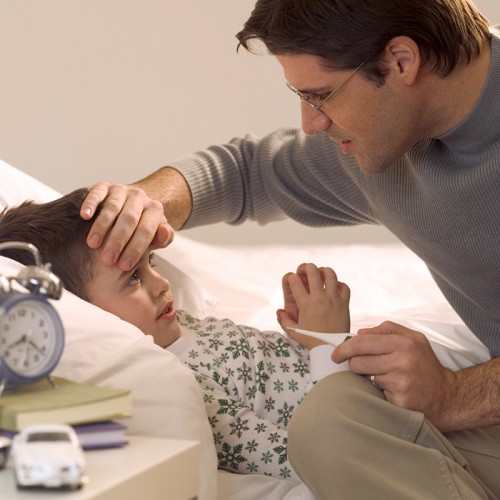Child Diseases Parents Should All Know About – Part 1
A few days ago I ran across a medical blog site which had the temerity to post with the title “Illnesses Parents Should All Know About” – talking about children’s illnesses of course.
I attempted to post a link to the page for you but found: First – the site tried to scam identifiable personal information before entering; and Second – it was so full of crap advertisements that I wouldn’t have endorsed the page anyway.
The idea, however, didn’t seem too bad and I thought it would be interesting to curate my own list of child diseases parents should know. Frankly, the photos in their article were pretty good but the discussion was lacking on a lot of levels; so, I think we can do a whole lot better.
Many Child Diseases To Know About
Croup and Bronchiolitis
We, of course, can’t include absolutely everything in the list that might possibly come up. If a disease is attacking your child at the moment IT is the most important to you right then no matter what is on this list.
However to make you a knowledgeable parent, lets start listing a number of medical issues which, in my memory, have been either the ones most commonly seen in the office over the past years or those which you simply MUST know about to have the perspective needed to make correct decisions. Things that I’ve spent a great deal of time explaining to parents.
Croup
 Four-year-old girl with croupOnce you’ve gone through the experience of Croup with one child there’ll never again be a question in your mind about the diagnosis. The child (usually under 6) is really, really sick with a cold and their cough sounds like a seal barking!
Four-year-old girl with croupOnce you’ve gone through the experience of Croup with one child there’ll never again be a question in your mind about the diagnosis. The child (usually under 6) is really, really sick with a cold and their cough sounds like a seal barking!
The hoarse cough can get them into breathing trouble depending upon the size of their bronchial tubes and how bad the disease is hitting them.
As many childhood illnesses are, it is a disease which can be caused by a whole host of different viruses (parainfluenza if you must know) so the body will need to fight it off on its own without the help of antibiotics.
It usually (pretty much always) worsens at night and often loosens with mist from a cool-mist humidifier. With croup the barky (like a seal) cough is unnerving, especially at night, but there usually is no trouble getting air INTO their lungs. If you start hearing them making a low-pitched, resonant-like sound when they are breathing IN, that is called “Inspiratory Stridor” and they need treatment soon.
If breathing is a worry (but not an immediate critical issue) I usually advise to stand with the child in the shower for a while and see if there is a response to the misty air – it often really does work.
But if not, then head toward the emergency room and see if the cool air helps – if so, you can always turn around. If not, then you’re heading in the right direction.
Statistically, about 6% of children with croup end up with a hospital stay in order to monitor their breathing and sleep in a “mist test”; so it’s not common but not rare either. These are the ones who develop inspiratory stridor, are very young, have additional congenital problems or develop a “bluish” tinge around their mouth.
The worse night is about the third or fourth one, it usually lasts for about a week and it is fairly contagious.
Most pediatrician’s offices have handouts dedicated to this disease, especially in the winter time. Pick one up before you need it.
Bronchiolitis (RSV)
 RSV BronchiolitisRespiratory Syncytial (sin sis shall) Virus (RSV) infects airways having a small diameter; so, instead of producing a barky cough (like croup) it produces a wheeze and difficulty breathing air out – that’s Bronchiolitis.
RSV BronchiolitisRespiratory Syncytial (sin sis shall) Virus (RSV) infects airways having a small diameter; so, instead of producing a barky cough (like croup) it produces a wheeze and difficulty breathing air out – that’s Bronchiolitis.
Bronchiolitis is more common than “Flu” in children under two and nearly everyone gets it in their life… several times, because you don’t become immune to it. After the first couple of severe times, however, it becomes like a “common cold” to a person.
Babies and younger children are hit the hardest – because their airways are smaller – and they sometimes end up in the hospital. Older children and teens usually have a protracted, wheezy cough in addition to the “flu-like” symptoms, fever and very runny nose.
The worst night (yes that’s what this one does too) is usually between the 3rd and 5th, but the wheeze and cough can last a couple of weeks.
Treatment is rest, cool mist air humidifier, extra clear fluids (in order to keep the mucous from becoming sticky) and fever medicines. If the disease progresses to causing trouble getting air INTO the lungs, or if you notice any “bluish tinge” around their mouth, or if the baby just looks like all the effort breathing out is wearing them out – that means a trip to the doctor or ER.
Check with your doctor early in the day and early in the course to find out what they recommend – and, so that they’ll know you might need to call in the night. This is another disease that most pediatricians have a full handout about in their office. You should read up on it – before the test.
– – 0 – –
We’re not, by any means, done listing the common diseases parents should know about yet. It’ll probably take a couple of parts to list them all; so, I’ll talk to you again in part 2.
11 Posts in Childhood Diseases (childdiseases) Series
- Part 10 - Lyme - Allergies – 9 Oct 2014
- Part 9 - Impetigo - Influenza – 1 Oct 2014
- Part 8 - Polio - MRSA – 23 Sep 2014
- Part 7 - Meningitis - Scarlet Fever – 11 Sep 2014
- Part 6 - Diptheria - Tetanus – 3 Sep 2014
- Part 5 - Varicella - Rubella – 18 Aug 2014
- Part 4 - Rotavirus - Kawasaki's – 10 Aug 2014
- Part 3 - Hand, Foot, Mouth and Fifth disease – 29 Jul 2014
- Part 2 - Otitis, Glue ear – 21 Jul 2014
- Part 1 - Croup, Bronchiolitis – 17 Jul 2014
- Childhood Diseases Parents Should Know: Intro/Index – 15 Jul 2014

